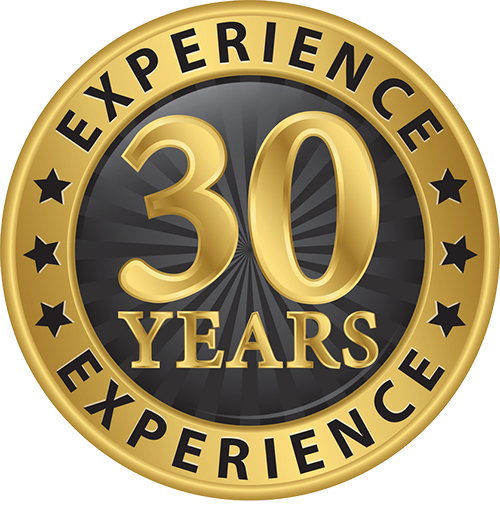The ultimate forklift inspection checklist
Forklifts make up a large part of the operational machinery for many different businesses around Brisbane. They’re commonly used in warehouses, industrial estates, factories, plant environments and are a crucial part of the manufacturing and delivery process for industry across the world.
Because of their prevalence in workplaces around the country, it’s imperative that safety protocols be put in place and pedestrians and operators ensure a high level of safety is implemented at all times when these pieces of heavy machinery are in use. In Australia there are approximately 1,000 reported forklift incidents every year. These are due to a range of reasons including operator error and mechanical failure.
Why a pre-operation checklist is important
Given that forklift accidents can be serious – even fatal, it’s imperative to ensure operators do everything they can to minimse operational and mechanical problems from occurring. Equipment failure is one of the most easily preventable problems when operating a forklift, so having a checklist in place and following it regularly is a priority for safe forklift operation.
As you can appreciate if there’s an accident where someone is seriously injured or killed and it’s discovered a regular safety inspection protocol wasn’t followed, there’s going to be a world of hurt (obviously for the victim) but also for the operator, the company and everyone else involved.
Having a safety and compliance checklist will not only help you discover potential issues with a machine before it begins operation but can also save you money in the long run as often service or maintenance issues are picked up in the inspection process, giving you the ability to solve or fix small problems before they become large, expensive issues.
What should be included in a safety inspection checklist for your forklift?
Every forklift is slightly different in how it works within its environment and the checklist you create for each machine may differ depending on the job it does, the type of fuel it runs, the attachments it has, how many hours it’s got on the clock or how close it is to servicing.
As each forklift checklist can be slightly different, some of the items below may not be relevant to your machine so feel free to pick and choose from the below list to pick what’s right for your operation environment and machine.
Forklift Checklist Items
- Check for any leaks – either coolant or oil
- Check brake fluid levels
- Check engine oil
- Check tyres to make sure pressure is appropriate
- Check tyres to make sure there’s no cracks, wear or damage
- Check nuts on hubs to sure all are tight
- Check hydraulic oil levels
- Check lamps are working properly
- Visually check mast chains
- Check the condition of the forks/tines
- Check seat belt and horn
- Check brakes and steering are working properly
- Check indicator lights, brake lights, flashing lights, etc are working
- Ensure fire extinguisher in place and in date
- Check all guards are in place
Whilst it’s important to have a checklist for your forklift, it’s also imperative to have a checklist for the areas the forklift will be operating in. Make sure you also check:-
- Ramps
- Loading docks
- Operational surface
- Pedestrian access
Downloadable PDF - Forklift safety checklist
If you would like a forklift safety checklist in a downloadable format, please feel free to download this thorough checklist from Workplace Health and Safety Queensland.
If you have any other safety questions or concerns about forklifts or would like to talk to us about what safety features our forklifts have, please feel free to contact us on (07) 3865 1205.

